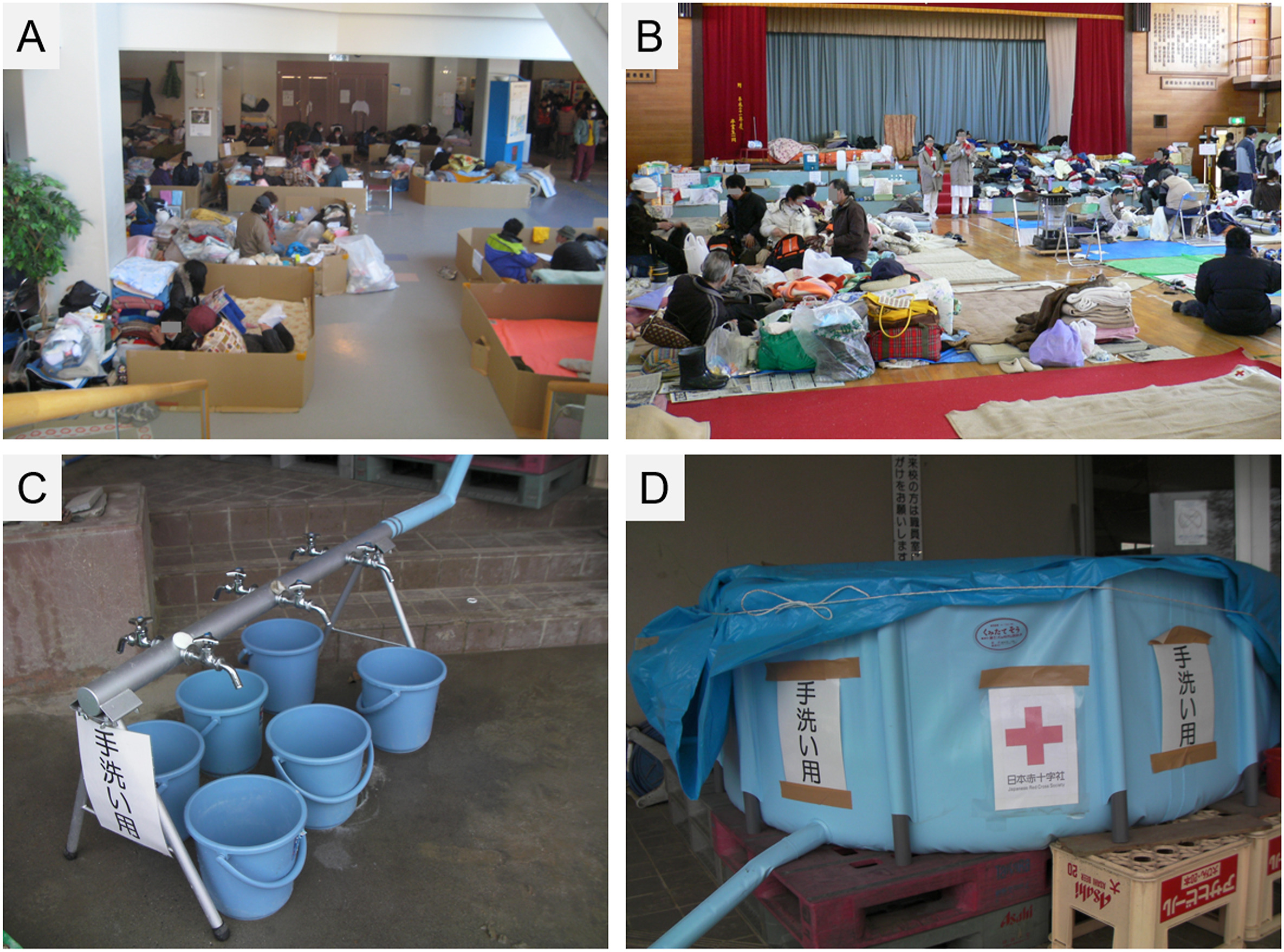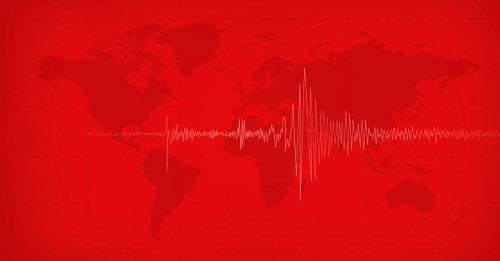Earthquakes, which are sudden shaking or trembling of the ground caused by movements within the Earth's crust, have profound implications for the United Nations Sustainable Development Goals (SDGs). Earthquakes can severely disrupt progress towards the UN SDGs in multiple ways across social, economic, and environmental dimensions of sustainable development.
Specifically, earthquakes pose a direct threat to SDG 11 (Sustainable Cities and Communities), as seismic events often cause extensive damage to housing, infrastructure, and transportation systems within urban areas. The impacts range from partially damaged structures all the way to complete demolition of entire city blocks. Earthquakes literally shake the foundations of communities, highlighting the extreme vulnerability of many cities around the world to natural disasters. According to UN estimates, over 50% of the world's population now resides in urban spaces, meaning billions of lives can be disrupted by earthquakes. The destruction of critical infrastructure like healthcare facilities, schools, and emergency response centers further delays a community's ability to recover. This underscores the urgent need for resilient infrastructure and strict building codes geared towards earthquake mitigation as part of sustainable city planning and development.
The wide-scale structural damages combined with numerous injuries, loss of human life, and enduring psychological trauma intersect significantly with SDG 3 (Good Health and Wellbeing). Earthquake-related deaths often arise not just due to initial ground shaking but also improperly constructed buildings and infrastructure collapsing on citizens. Those who survive endure long-lasting health impacts ranging from limb fractures to lacerations and crushed organs. The mental health implications of experiencing such a traumatic event along with loss of loved ones also threatens community wellbeing. Hence earthquakes spotlight the necessity for emergency medical response capacities paired with mental health services in disaster management systems tied to SDG 3.
As a form of natural disaster, earthquakes relate closely to SDG 13 (Climate Action) including target 13.1 which aims to "Strengthen resilience and adaptive capacity to climate-related hazards and natural disasters." While not directly caused by climate change, earthquakes represent the ever-present natural hazard threat that can intersect with and exacerbate other climate impacts. For communities already struggling with severe weather events, flooding, droughts or sea level rise, the additional blow of an earthquake can represent a tipping point for residents and local economies. It also detracts scarce resources away from building adaptive capacities to counter climate-influenced disasters. Hence earthquake resilience through preparedness, warning systems, and proper structural engineering represents a key component of holistic climate adaptation per SDG 13.
The socioeconomic scale of earthquake disruptions also aligns them with efforts to eradicate poverty (SDG 1) and bridge inequality gaps (SDG 10). The economic losses, infrastructure damages, and population displacement resulting from seismic events often stretch years even decades. They drain government resources that could otherwise be directed towards sustainable development programs for poverty alleviation or closing inequality gaps. The impacts also disproportionately affect marginalized groups who lack the resources for personal disaster preparedness and resilience. In particular, vulnerable populations residing in substandard housing or dangerous land areas bear the harshest consequences of earthquakes. This underscores the importance of inclusive disaster planning and support frameworks that specifically target at-risk communities as part of SDG achievement.
The sudden and intense devastation of earthquakes has cascading repercussions across nearly every element of sustainable human development. But rather than perceived as isolated natural phenomena, their extensive alignment to the SDGs underscores the urgent need to view seismic risk mitigation as an indispensable component of implement programs like sustainable urban planning, universal healthcare access, climate adaptation, and equitable quality of life for all. With proactive resilience policies, communities around the globe can build cohesive and long-term earthquake-preparedness while making steady progress towards the wider set of Global Goals.
After a massive disaster, many residents in affected areas are forced to temporarily stay in evacuation shelters. The exact impact of the state of resource supply and infrastructure in evacuation shelters on the health status of evacuees has not been sufficiently studied. Two weeks after the 2011 Great East Japan Earthquake (GEJE), comprehensive surveillance related to the health status and hygiene level was performed for all evacuation shelters (328 shelters with 46,480 evacuees at the peak) in one of the most devastating medical zones after the tsunami hit the area (Ishinomaki City).
Earthquakes and Sustainable Infrastructure, Neodeterministic (NDSHA) Approach Guarantees Prevention Rather Than Cure, 2022, Pages 77-95
D. Sugawara, Chapter 10 - Lessons from the 2011 Tohoku-oki tsunami: implications for Paleotsunami research, Editor(s): Tsunemasa Shiki, Yoshinobu Tsuji, Teiji Yamazaki, Futoshi Nanayama, Tsunamiites (Second Edition), Elsevier, 2021, Pages 155-181, ISBN 9780128239391,
Disasters impacts on urban environment are the result of interactions among natural and human systems, which are intimately linked each other. What is more, cities are directly dependent on infrastructures providing essential services (Lifeline Systems, LS). The operation of LS in ordinary conditions as well as after disasters is crucial. Among the LS, drinking water supply deserves a critical role for citizens. The present work summarizes some preliminary activities related to an ongoing EU funded research project.


